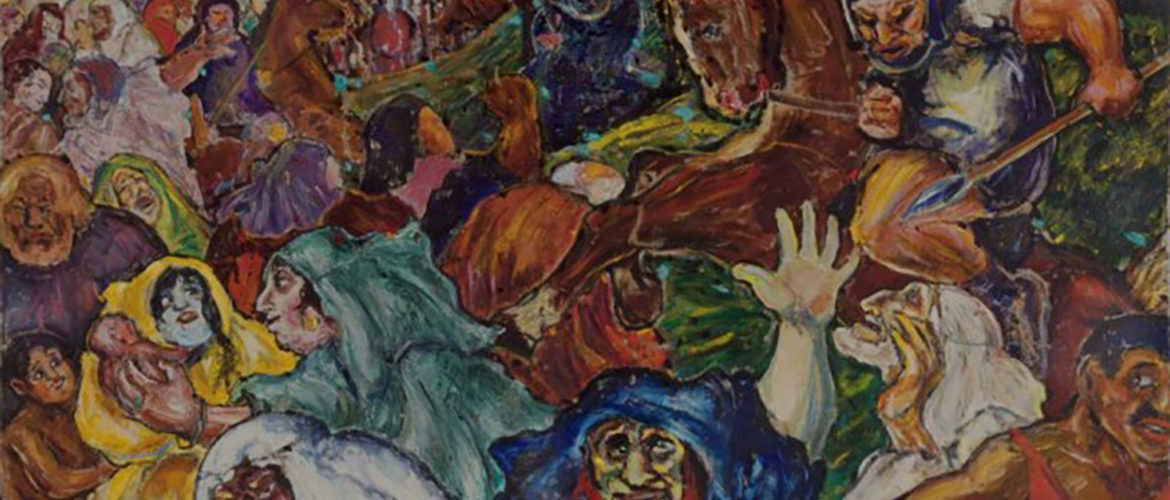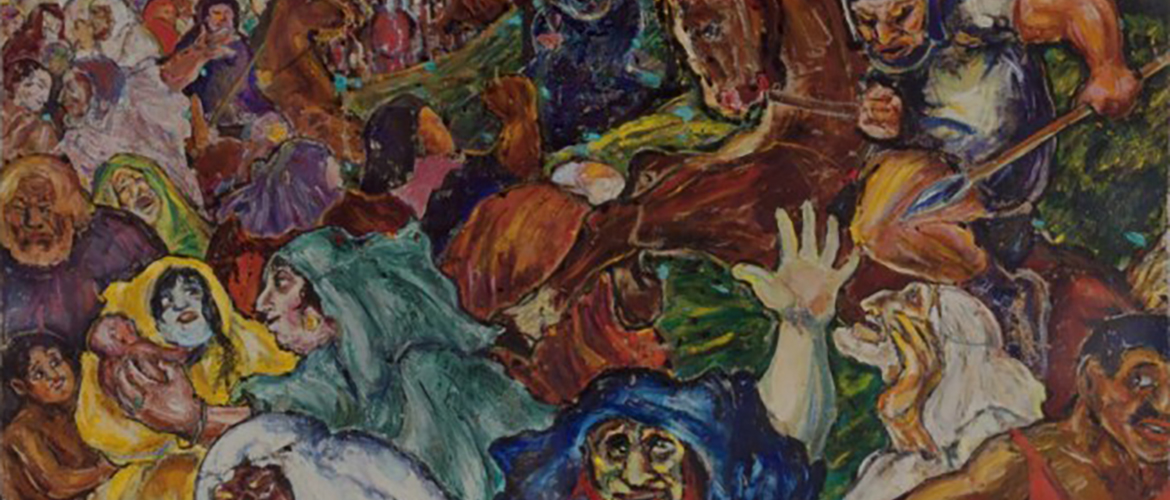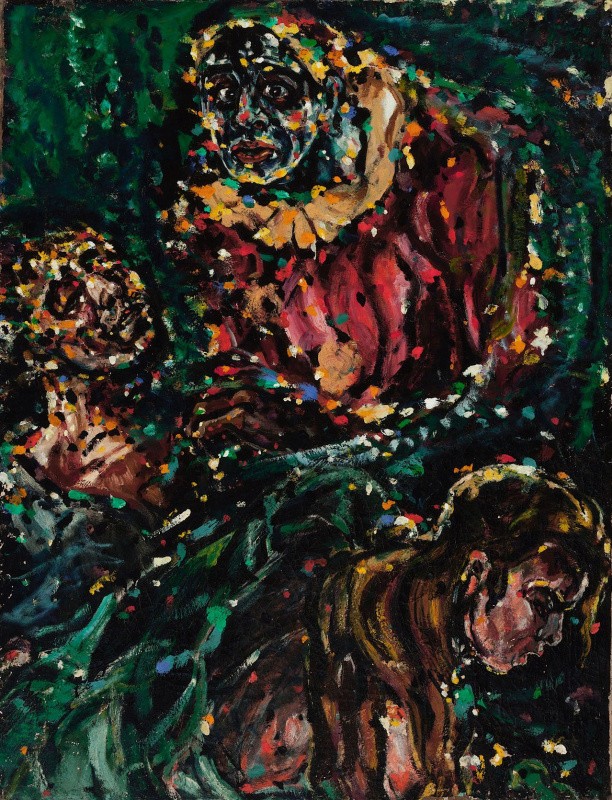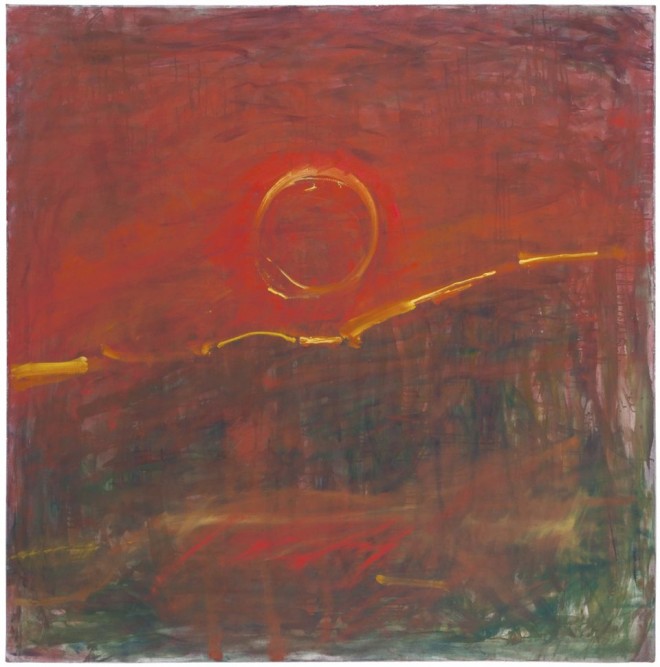Nightmare Art Inspired by War: First US Exhibition of Fritz Ascher Works

Fritz Ascher belongs to the artists, which experienced the Nazis oppression – he was prohibited from creating his art works, to exhibit and sell his nightmare art paintings.
The first U.S. retrospective of significant but forgotten German artist (1893 — 1970), whose work (along with other creators) the Nazis declared to be “degenerate,” was organized in New York. The nightmare art exhibition called “Fritz Ascher. Expressionist” takes place in The Grey Art Gallery, one of the most famous art galleries of New York. New York University’s fine arts museum collected 75 paintings and works on paper — from early academic studies and figurative compositions to late colorful, mystical landscapes, devoid of human presence. The show explores the position of the German artist of Jewish origin, who worked under the yoke of political oppression.
Fritz Ascher belongs to the “lost generation” of famous German artists, whose careers were interrupted or destroyed by the Nazi regime, and masterpieces were forgotten for a long time. Ascher was born in 1893 in Berlin, as a child, he showed interest in drawing and achieved success early. Later, a famous painter Max Lieberman, took talented teenager under his wing – with his help, 16-year-old Ascher entered the Koenigsberg Arts Academy, and then learned from Lovis Corinth and Adolf Meyer in Berlin. In 1914, the young artist went to Norway, where he met legendary painter Edward Munch, and a few years later, living in Bavaria, Ascher became close to the innovators of the “Die Brücke” group (“The Bridge”).
The “Fritz Ascher. Expressionist” exposition, organized in chronological order, begins with black-and-white drawings by Ascher of the early period. These nightmare art sketches are most often dominated by the linear central figure of the person in the foreground, while the background is blurred in abstraction.
With the outbreak of the First World War, the artist, just like his fellow expressionists, was fascinated by religious themes. He created many dismal sketches of scenes of the passion of the Christ. In the 1920s, the young painter was interested in the nightmarish visions of a curse, a hell of torture and writhing bodies. He used sharp colors for visualization of such well-known religious motives, as the Temptation of St. Anthony.
In 1933, Hitler came into power. Although Ascher was a baptized protestant, the Nazis classified him as a Jewish artist with a liberal political stance. He was banned from painting, exhibiting or selling his art works.
After Hitler’s defeat, Ascher immediately returned to Berlin and visual art, but still avoided society. Initially, he recreated a number of his previous nightmare art works with bright dots and strokes, presenting his version of pointillism to the world. Abandoning the figurative compositions of the Weimar Republic, the artist began to depict landscapes. His expressionist impulse was again manifested in dazzling colors and energetic strokes.
In his lifetime, Fritz Ascher had only one big retrospective — in Berlin, in 1969, a few months before his death. In 1989, with the fall of the Berlin wall, the interest in more extensive research by such little-known expressionists as Ascher only began to increase. The exhibition of drawings and paintings at The Grey Art Gallery is the first in the United States to present his art works following the museums of Osnabrück, Berlin, Potsdam, and other German cities.
You can visit the exhibition “Fritz Ascher. Expressionist” at the New York University’s fine arts gallery until April 6, 2019.



